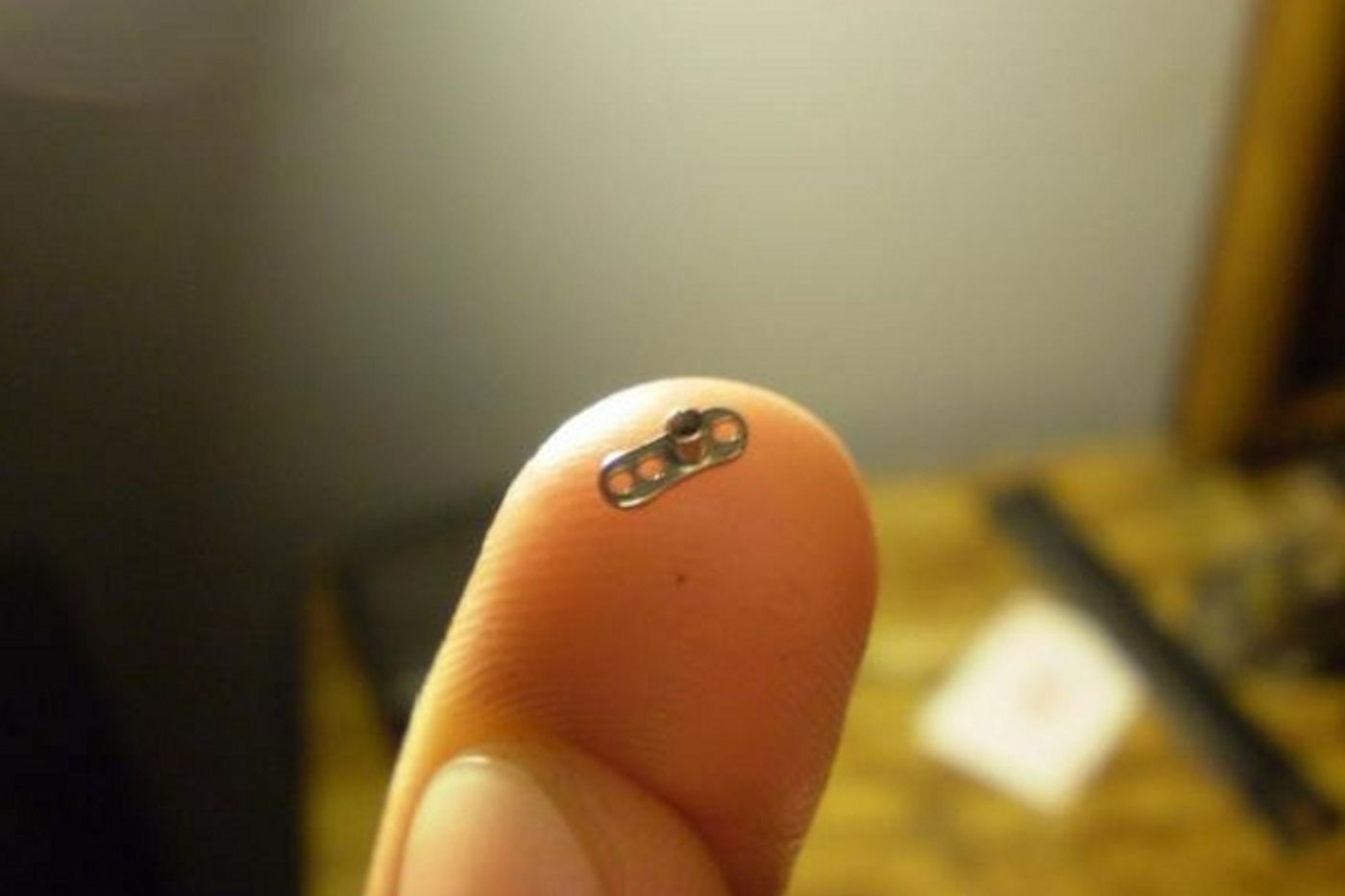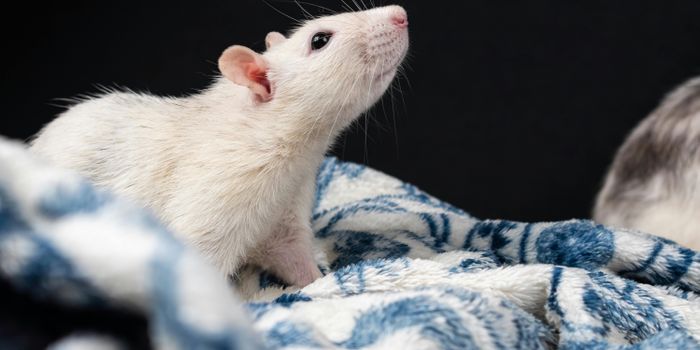While it sounds like something from a sci-fi movie, a team of researchers at UC Berkeley have come up with tiny wireless electronic sensors that can be implanted into the body. Their use? It’s two fold. They can be used to monitor nerves and muscles as well as organ function. They could also be activated to stimulate nerves. This kind of versatility makes these sensors, referred to as “neural dust motes”, state of the art in keeping track of certain bodily functions in real-time. The field of “electro-ceuticals” is new, but is shaping up to bring both diagnostic information and possible treatments to many neurological diseases.
At Berkeley, the team was able to implant these tiny electro-dust specks in muscle fibers and peripheral nerves of rats. Once implanted, ultrasound was used to both activate the sensors and collect readings from them.
Michel Maharbiz, an associate professor of electrical engineering and computer sciences and one of the study’s two main authors, stated, “I think the long-term prospects for neural dust are not only within nerves and the brain, but much broader. Having access to in-body telemetry has never been possible because there has been no way to put something supertiny superdeep. But now I can take a speck of nothing and park it next to a nerve or organ, your GI tract or a muscle, and read out the data.“
Just how supertiny are these sensors? They are cube shaped and about 1 millimeter square. For comparison, that’s about the size of a large grain of sand. Within the cube is a piezoelectric crystal. Piezoelectricity is the kind of electrical charge that can accumulate in tissues as a result of pressure. This crystal then converts ultrasound vibrations from outside the body into electricity that powers an even tinier transistor attached to a nerve or muscle fiber. A voltage spike in the fiber alters the circuit and the vibration of the crystal and that echo is detected by the ultrasound monitor.
In their experiment, the UC Berkeley team powered up a series of passive sensors every 100 microseconds with six 540-nanosecond ultrasound pulses, giving them a continual readout of muscle and nerve activity in real time.
So far researchers have not used the motes in humans, but rather lab rats. They have not put them in the central nervous system yet either, just in peripheral nerves but they believe they could have applications for use in controlling artificial limbs. They can be coated with a thin film and last in the body indefinitely. Implanted electrodes currently in use degrade in as little as 12 months and are not wireless, requiring holes to drilled in the skull to connect them to monitoring devices. Dozens of these neural dust sensors could be deployed in the body and not have to be exposed, reducing the risk of infection.
Going forward the team hopes to further shrink the sensors, hopefully getting them down to about 50 microns per side—approximately 2/1000ths of an inch. At this size, they could pick up signals from and provide input to axons. They also hope to improve the receivers, making them small and light enough to be worn by the rats in backpacks.
Dongjin Seo, a graduate student in electrical engineering and computer sciences working with the team at UC Berkeley said, “The vision is to implant these neural dust motes anywhere in the body, and have a patch over the implanted site send ultrasonic waves to wake up and receive necessary information from the motes for the desired therapy you want. Eventually you would use multiple implants and one patch that would ping each implant individually, or all simultaneously.” Their paper on the project is published in the August 3, 2016 issue of the journal Neuron. Take a look at the video below for more information.
Sources:
SwarmLab,
Berkeley News









